The exhibition titled“Invention of Louvre—Eight Centuries of French History Witnessed by Louvre and its Treasure Collection”is jointly sponsored by National Museum of China and the Louvre Museum of France, which enables Chinese audience to—— Appreciate Eight Centuries of Louvre Museum within a Day
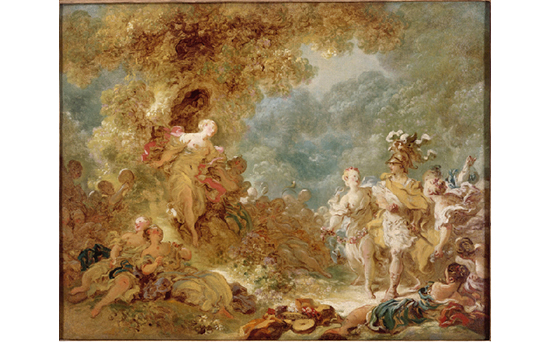
Renaud Enters Enchanted Forest by Jean-Honoré Fragonard (Collected by Painting Department of Louvre Museum in Paris)
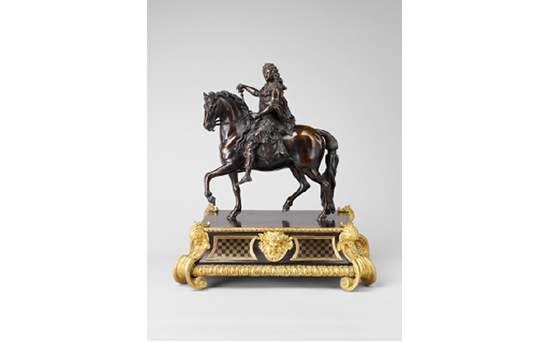
Bronze Equestrian Statue of Louis XIV in Roman Emperor's Attire by Francois Girardon (Collected by Craft Department of Louvre Museum in Paris)
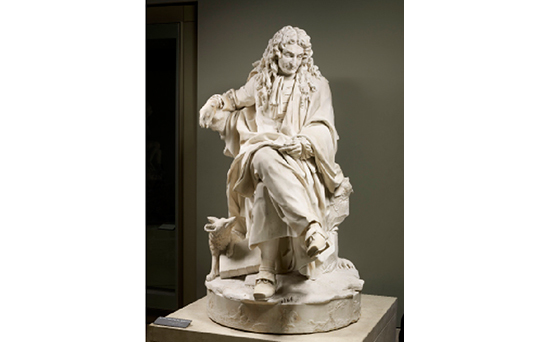
Statue of Jean de la Fontaine (1621-1695) by Pierre Julien (Collected by Sculpture Department of Louvre Museum in Paris)
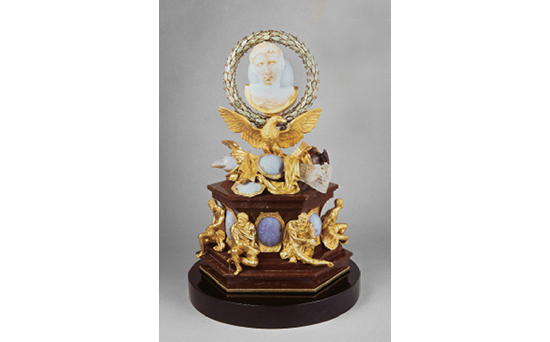
Relief of Emperor Augustus in Jade (Collected by Greek, Etruscan and Roman Antique Department of Louvre Museum in Paris)
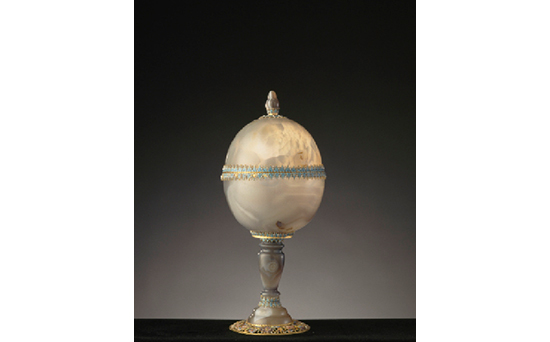
Round-ridge Goblet (Collected by Craft Department of Louvre Museum in Paris)
On January 13, an exhibition sponsored by Louvre Museum of France was open to the public at National Museum of China, which symbolized another cooperation between the two museums of global importance. Despite the absence of “Three Treasures of Louvre” in everyone’s dream, namely Mona Lisa, the Winged Victory of Samothrace and Venus de Milo, the 126 exhibits provide an extensive coverage of various collections from eight departments such as on-shelf painting, sculpture, porcelain, pottery and clay sculpture and constitute a miniature of Louvre during its development in the history of eight centuries. Besides, Chinese audience will learn to know the artistic appreciation in royal collections of François I, Louis XIV and Napoleon I. Before the deadline of March 31, it will be a perfect idea to have a day’s tour in this exhibition.
Those exhibits in this event involve Italian Renaissance arts and exquisite Nordic Realism paintings favored by King François I in the Valois Dynasty, paintings, antiques, sketches and craft snatched from European countries by Napoleon I during the French Revolution, and Louvre’s recent collection of Islamic arts and contemporary artworks from Orient and other civilizations. In the light of those significant development period in Louvre’s history, this exhibition falls into 6 parts, namely “Prelude—Renovating Louvre”, “Imperial and Royal Collection”, “Louvre and Enlightenment”, “Napoleon Museum”, “From Sovereign Palace to Universal Museum” and “Louvre Today”. In particular, 6 key exhibits are presented in China for the very first time, i.e. painting Renaud Enters Enchanted Forest by Jean-Honoré Fragonard, Bronze Equestrian Statue of Louis XIV in Roman Emperor’s Attire, wool carpet with seal pattern of Napoleon, marble lion statue in the 1st century A.D., Ouchebti (Funeral Servant in Wood) of Henouttaneb in Egypt and the oil painting Preparation for St. Sebastian’s Martyrdom by Anthony van Dyck.
As to choice of exhibits in collection, Jean-Luc Marinez, president of Louvre Museum, held two standards in principle. First of all, they expect to find those exhibits of distinct historical impressions to reflect the history and development of Louvre Museum. For example, there are a lot of collections in the reign of King Louis XIV because he was a crucial figure in history who enriched collection of the later Louvre Museum. During the Enlightenment in the 18th century, Louvre was still in embryo while in the reign of Napoleon of the First French Empire, Louvre evolved into a genuine museum. Secondly, the abundance and variety of Louvre’s collection must be highlighted as its update of collection is still in progress so far. For example, the latest collection Horse Head made by Louvre in 2004 as well as the loop play of video clips in the exhibition hall remind the Chinese audience that Louvre Museum still focuses on the contemporary art collection. A tendency of diversity can be witnessed in various aspects of formality, art schools and art periods. There used to be a bias on Louvre Museum that only a few rare treasures in world art history contribute to its importance. As a matter of fact, in Louvre Museum, there are Renaissance School, Nordic School and Flanders School as well.
It is well-noted that miniature in architecture of Louvre Museum of every period in history is invariably available in each part of this exhibition. “In Louvre Museum constant expansion and change always take place in architecture. As a piece of art treasure itself, Louvre Museum still keeps absorbing nutrition and changing for better, just like a living art history. In the meanwhile, the collection taste of Louvre Museum is changing as well. In the past, its collection showed a preference in classicalism, which symbolized part of the royal appreciation in arts and involved then necessity in political concern. Currently, Louvre Museum involves different civilizations of Ancient Greece, Ancient Rome, Ancient Egypt and Ancient Orient, and builds up a special part to showcase Islamic civilization. We would like to remind Chinese audience of Louvre’s significant change in architecture.” Vincent Pomarède, one of the French curators, said.
When talking about the “Three Treasures of Louvre”, Pascal Torrès, another French curator, uttered his frank regret that it is hardly possible for them to move out of Louvre Museum though they are overwhelmingly popular all over the world. The Winged Victory of Samothrace, as outcome of French archaeologist’s discovery, has never become a national heritage of Greece. Mona Lisa, despite a works by Italian painter Leonardo da Vinci, never belongs to Italy. The then King François I invited the painter to France and became his main patron. Da Vinci brought this works to France and after he passed away, François I bought this painting from his apprentice, and this painting remains in France till this day. Similarly, Venus de Milo is a sculpture in Ancient Greece, but King Louis XVIII purchased it for Louvre Museum when it underwent reform and expansion in the wake of French Revolution. Afterwards, plenty of artworks have been purchased from abroad by Louvre Museum and therefore it is legitimate and appropriate to keep them in display at Louvre Museum. Personally, I don’t think it proper to remove the most significant artworks in a museum frequently”.
As one of the most time-honored large-scale museum in the world, Louvre has enjoyed a worldwide reputation and attracted foreign tourists as 70% of its total visitors. In the recent decade, the increasing Chinese visitors have become the second largest group that have visited Louvre Museum. In this joint collaboration with National Museum of China titled “Invention of Louvre”, as Jean-Luc Martinez held, it is the main mission for Louvre Museum to provide a close-range contact and better understanding for Chinese audiences.














